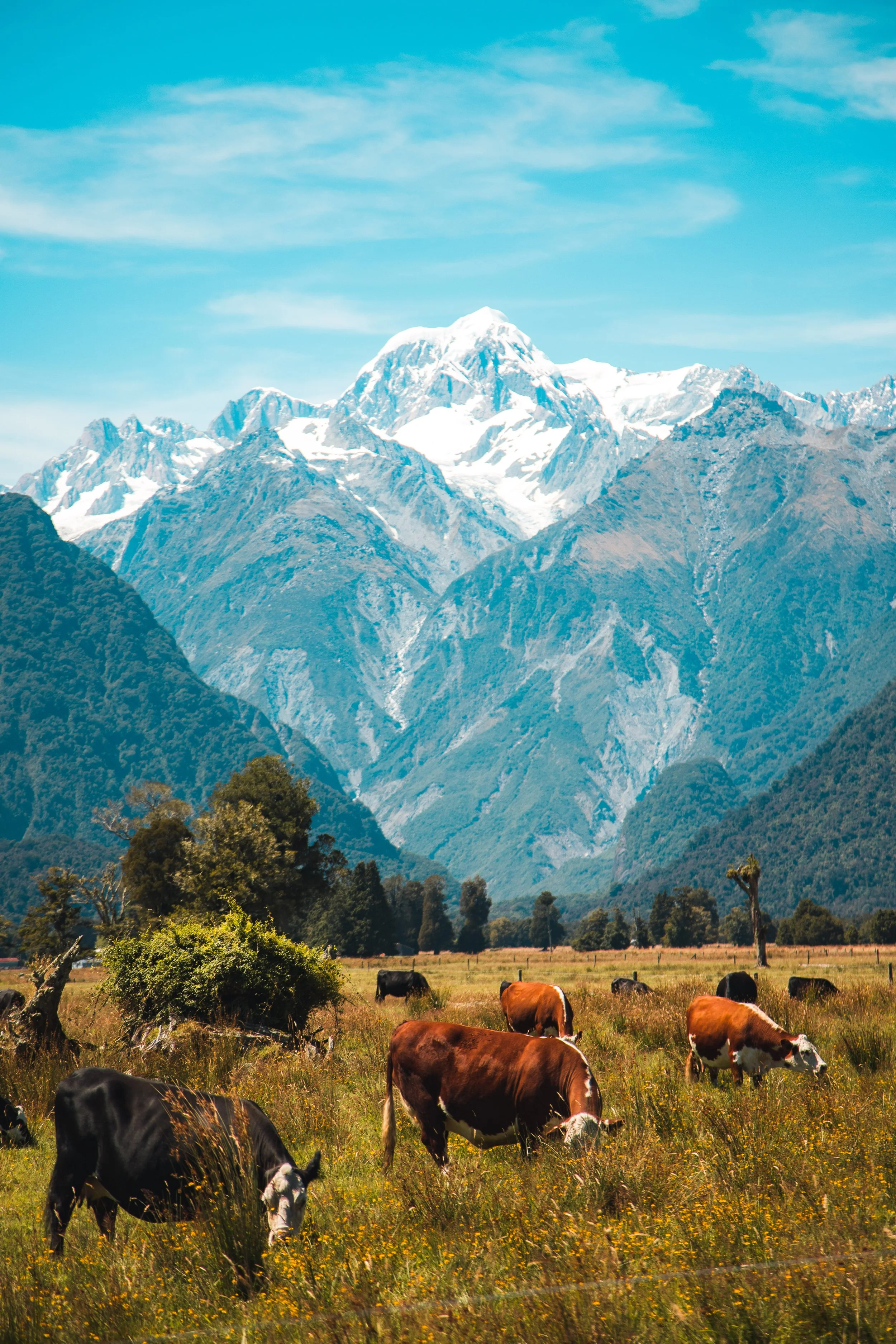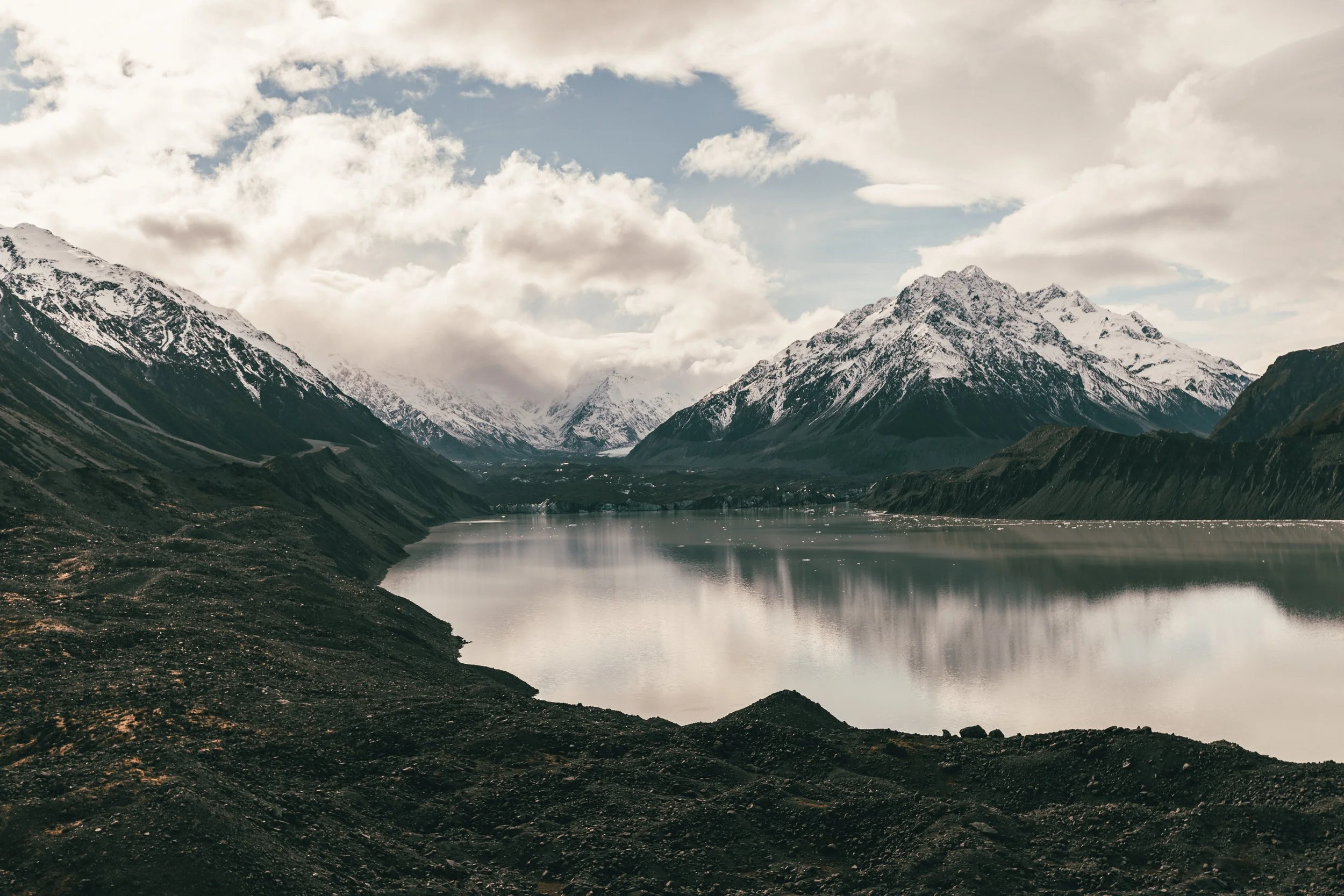Discovering the Majestic Beauty of Mt. Cook, New Zealand: A Photographer's Journey
Mt. Cook from the West Coast of New Zealand
As a photographer, I am constantly in search of breathtaking landscapes and unique moments to capture. Among the many places I have visited, Mt. Cook in New Zealand stands out as one of the most awe-inspiring locations. Also known as Aoraki, this majestic peak is the highest mountain in New Zealand, towering at 3,724 meters (12,218 feet). Its snow-capped summit and rugged terrain offer a stunning backdrop for any photography enthusiast.
The Journey to Mt. Cook
The journey to Mt. Cook is as mesmerizing as the destination itself. Driving through the South Island, the landscape gradually transforms from lush green plains to dramatic alpine scenery. The route along Lake Pukaki provides a tantalizing glimpse of Mt. Cook in the distance, its peak often shrouded in clouds, adding to its mystique. The turquoise waters of Lake Pukaki, with Mt. Cook looming behind, create a picturesque scene that demands to be photographed.
The camper van I bought during my year away in New Zealand. Taken on the road to Mt. Cook
Capturing the Majesty of Mt. Cook
Upon reaching Aoraki/Mt. Cook National Park, the true grandeur of the mountain becomes evident. One of my favorite spots to capture Mt. Cook is from the Hooker Valley Track. This relatively easy hike offers multiple vantage points, each providing a unique perspective of the mountain. The track winds through swinging bridges, alpine streams, and eventually leads to the serene Hooker Lake, where Mt. Cook reflects beautifully in the still waters. The early morning light casts a golden hue over the landscape, creating a perfect setting for photography.
Another incredible location is the Tasman Glacier viewpoint. As the largest glacier in New Zealand, the Tasman Glacier provides an impressive foreground to the towering Mt. Cook. Visiting during sunrise or sunset allows for dramatic lighting, with the glacier and mountain bathed in soft, warm tones. This spot offers a fantastic opportunity to experiment with long exposure photography, capturing the movement of clouds and the changing light.
Hooker Valley Track & Bridge
Driving around Aoraki / Mount Cook National Park
The Changing Moods of Mt. Cook
One of the most captivating aspects of Mt. Cook is its ever-changing weather. On clear days, the mountain stands tall and proud against a vivid blue sky, while on other days, it hides behind a veil of mist and clouds. Both conditions offer unique photographic opportunities. A clear day showcases the mountain's sheer scale and rugged beauty, whereas a cloudy day can add an element of mystery and drama to your shots. The unpredictable weather of Mt. Cook ensures that no two visits are ever the same, making each photographic journey a new adventure.
Taken again from the West Coast on a beautiful summers day.
Wildlife and Flora
Mt. Cook is not only about towering peaks and glaciers; the surrounding area is teeming with unique flora and fauna. The native alpine plants, such as the Mount Cook buttercup, add vibrant splashes of color to the rocky landscape. Keep an eye out for the cheeky kea, the world's only alpine parrot, known for its inquisitive nature. Capturing these elements can add a sense of place and context to your landscape photographs, highlighting the rich biodiversity of the region.
Tasman Glacier view point - Taken in 2019.
Iceberg broken off from Tasman Glacier - Taken in 2019.
Tips for Photographing Mt. Cook
Timing: Visit during the golden hours of sunrise and sunset for the best lighting. Early morning and late afternoon provide soft, warm light that enhances the mountain’s features.
Weather: Be prepared for rapidly changing weather conditions. Pack layers and waterproof gear to protect yourself and your equipment.
Equipment: Bring a variety of lenses, including a wide-angle lens for landscapes and a telephoto lens for capturing distant details. A sturdy tripod is essential for long exposure shots and astrophotography.
Exploration: Take your time to explore different trails and viewpoints. Each location offers a unique perspective of Mt. Cook, and you never know what photographic opportunities you might find.
Conclusion
Mt. Cook is a photographer’s paradise, offering a diverse range of landscapes and conditions to capture. From the serene reflections in Hooker Lake to the dramatic nightscapes under the Milky Way, each visit to this iconic mountain provides new and exciting opportunities for photography. Whether you are an amateur enthusiast or a seasoned professional, Mt. Cook’s majestic beauty is sure to inspire and captivate, leaving you with unforgettable images and memories.






